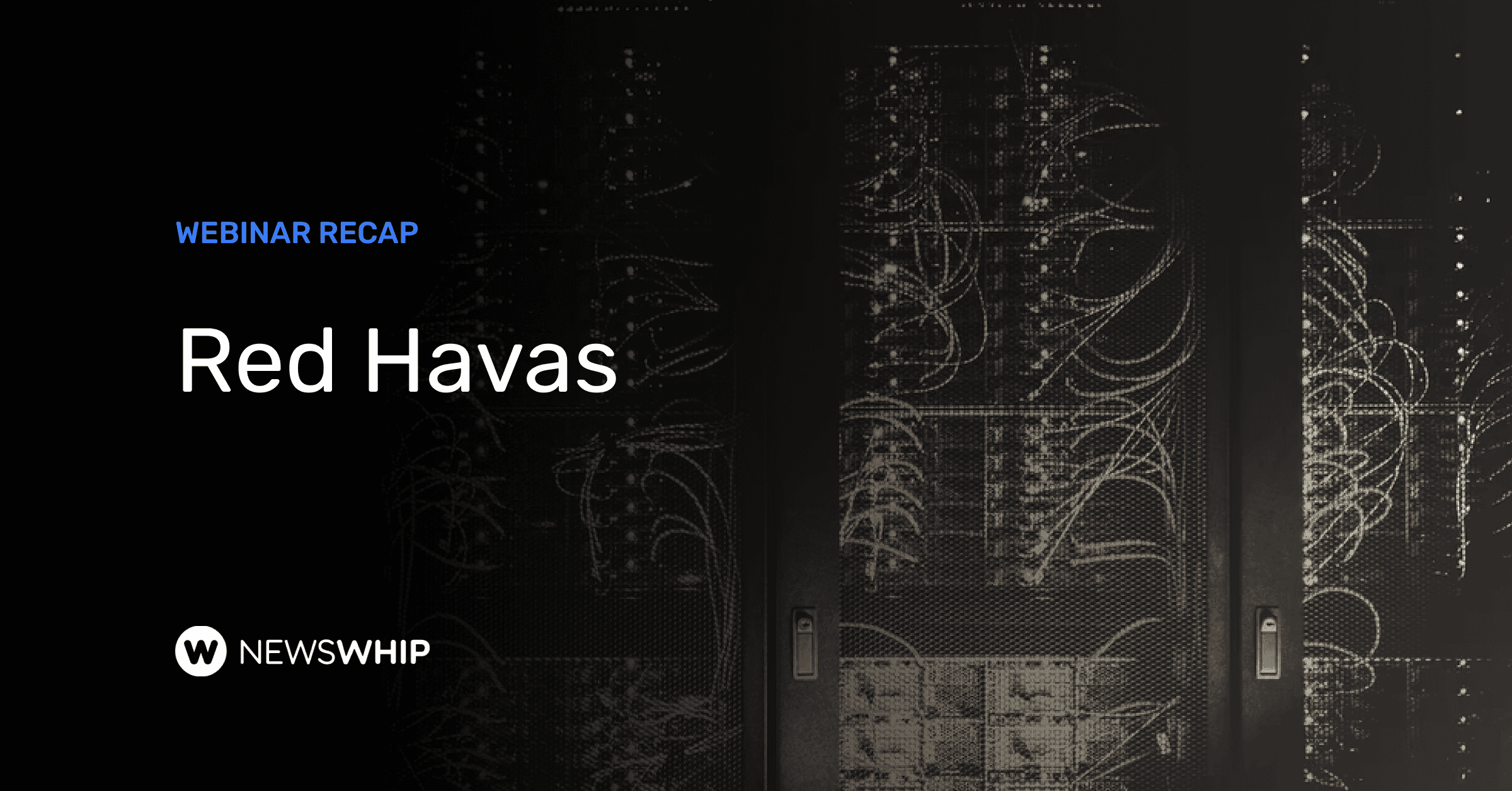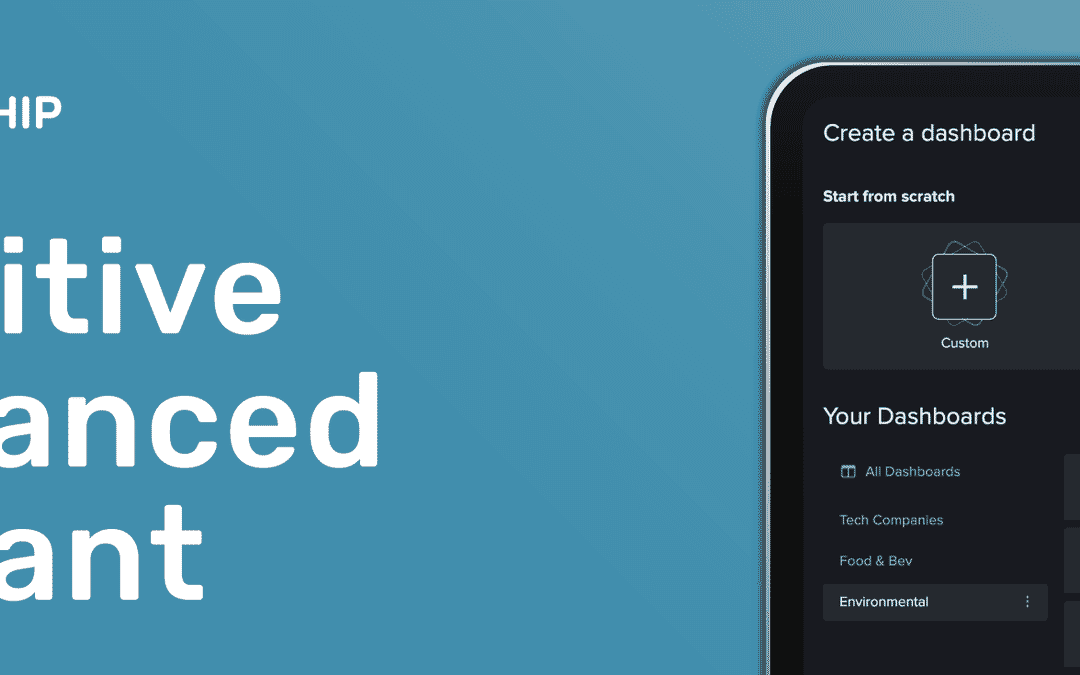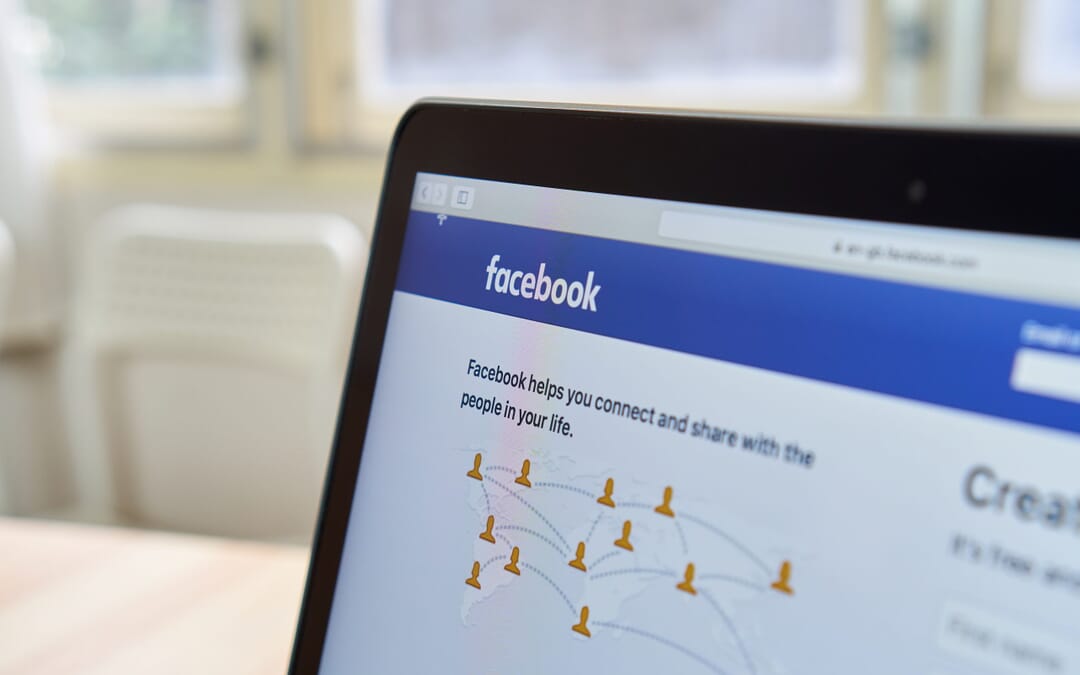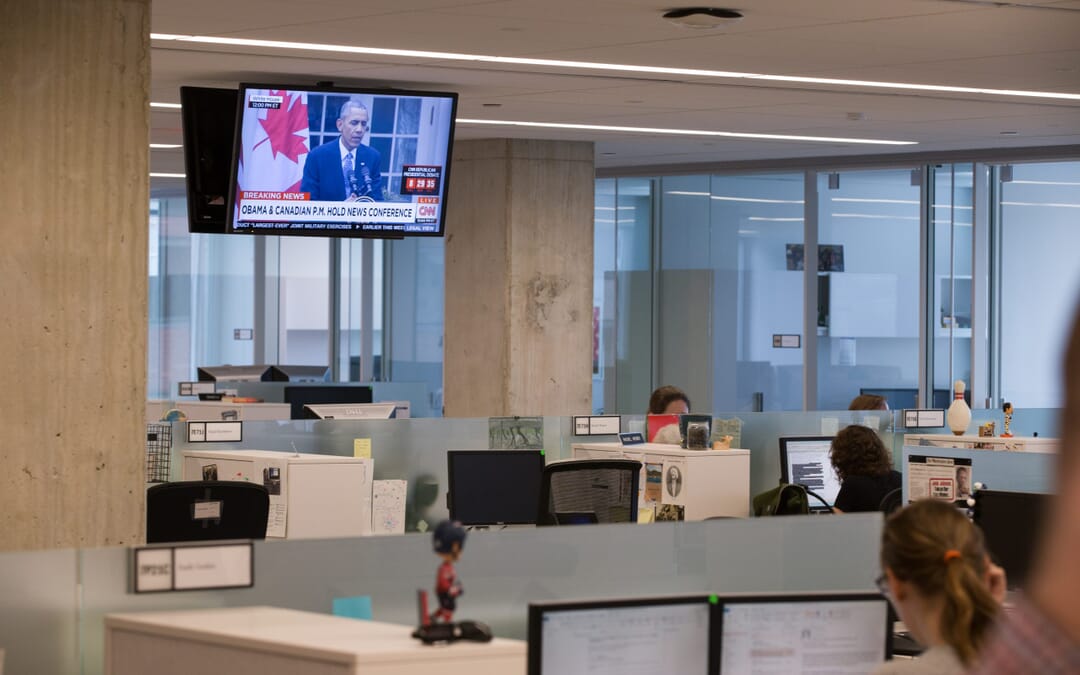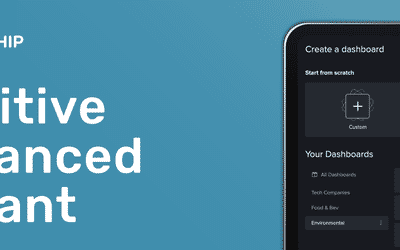In the midst of talent wars, mixternal communications is a juicy topic at companies intent on attracting and retaining employees. We examine addressable opportunities to bring balance to internal and external communications.
For the first NewsWhip Pulse episode of 2022, we discussed how internal and external communications are becoming one.
NewsWhip CEO Paul Quigley welcomed a new guest to the show, Global CEO of Red Havas and Chairman of Havas PR, James Wright. Given the unique and global perspective Wright brings to the table, he begins by identifying what’s been changing in the global PR landscape today.
“The world of public relations and strategic communication has never been so important in building trust, relationships, and brand than it has been today,” said Wright, citing the pandemic and the elevation of social issues as examples of what has driven this shift.
“Our biggest barrier to growth is the development of talent and being able to attract and retain talent,” Wright continues. “How far do you [go] to make your workplace attractive as this pyramid authority in organizations has pretty much flipped as employees have gained more authority in being able to direct what they want, when they want it?”
These changes and new expectations from employees is what led to Red Havas’ recent report, Red Sky Thinking, A Whole New World of Employee Engagement: Five Internal Comms Trends. Quigley and Wright jump into the report to review some of these trends in more detail.
The emergence of mixternal communications
The pandemic brought on a huge amount of concern in the workforce, with people concerned about their health and wellbeing, safety, and whether or not they would be able to keep their jobs with the move to remote working.
It also became apparent that a lot of those concerns were being raised in external media, which revealed how important it was that what was being communicated internally was also reflected in the external communications.
“This is where this concept of mixternal has emerged,” said Wright. “Mixternal communications is really an integrated strategic approach to engage both internal and external audiences through coordinated efforts in messaging, in content, and in channel strategy.”
Wright explains that this approach has been imperative for the clients he works with, because if they don’t ensure that their internal and external messaging matches, there could potentially be a reputation risk.
Consistent communication
In the beginning of the pandemic, polls noted that employees highly value communication with their employers and consistent communication is still needed. Wright notes that employees are hungry for information, and whether it’s about current or post-pandemic work arrangements, or what a company’s position on societal issues is, there is more appetite for transparency and clarity.
That appetite is increasing, and many companies have embraced it.They’re also recognizing that employees want these answers to come directly from the top — the CEO. The uncertainty of the pandemic made it okay for CEO’s to openly say that they didn’t know the way through yet, but that they were working to figure it out.
“For CEOs who are programmed to know everything all the time [and] to have all of the answers, it was quite a change in communication,” said Wright. “But also that idea of being honest about, ‘Hey, look, we don’t know yet, but we’re working through it,’ that also built trust.
Moving from dialogue to multilogue
The changes and transformations that we’ve encountered with the pandemic and continual societal issues has resulted in internal comms becoming more valued by senior leaders.
“Most of the companies we spoke to in our research and most of the clients we work [with] expect their executives to continue this shift away from formal presentation style town halls into more informal, employee-led Q&A,” said Wright.
The research from Red Havas’ report has shown that this communications style is building greater trust and demonstrates greater transparency. It emphasizes a “we’re all in this together” mindset, and creates a safe space for employees to express thoughts and ideas.
Experience is everything
Another insight from the report that Quigley brings up is how important experience is to an employee. This was a popular trend among internal communicators in 2020 and 2021.
“The executives we spoke to are treating experience very holistically,” said Wright. “They say it’s as much about creating an experience around communicating business results as it is around creating experiences that inject fun into the workday.”
He continues with an example of an international business that created a series of employee-led entertainment programs that highlighted employees’ passion for food and artistic clients. Companies are encouraging employees to take the reins in creating their own experiences as well, whether it’s book clubs, yoga classes, and even events involving their children.
Leading with humanity
There were an overwhelming amount of challenges to face during the pandemic and there are still many to be dealt with today, but those challenges have reintroduced us to our shared humanity.
Wright explains that the questions now are:
- How do we turn employees into brand ambassadors?
- How do we give employees assets and opportunities to share about the great experiences they’re having?
Whether that’s through platforms internally, externally, or mixternally, Wright believes it’s about giving employees the opportunity to express themselves.
“I think that’s also a part of what we’ve seen in this change of influence for employees is really employers embracing that everybody is an individual and allowing them to express themselves. And if you allow people to do that in the right environment, then actually you can be more successful.”
To keep up to date with the NewsWhip Pulse, you can watch past episodes of our webinar here.





